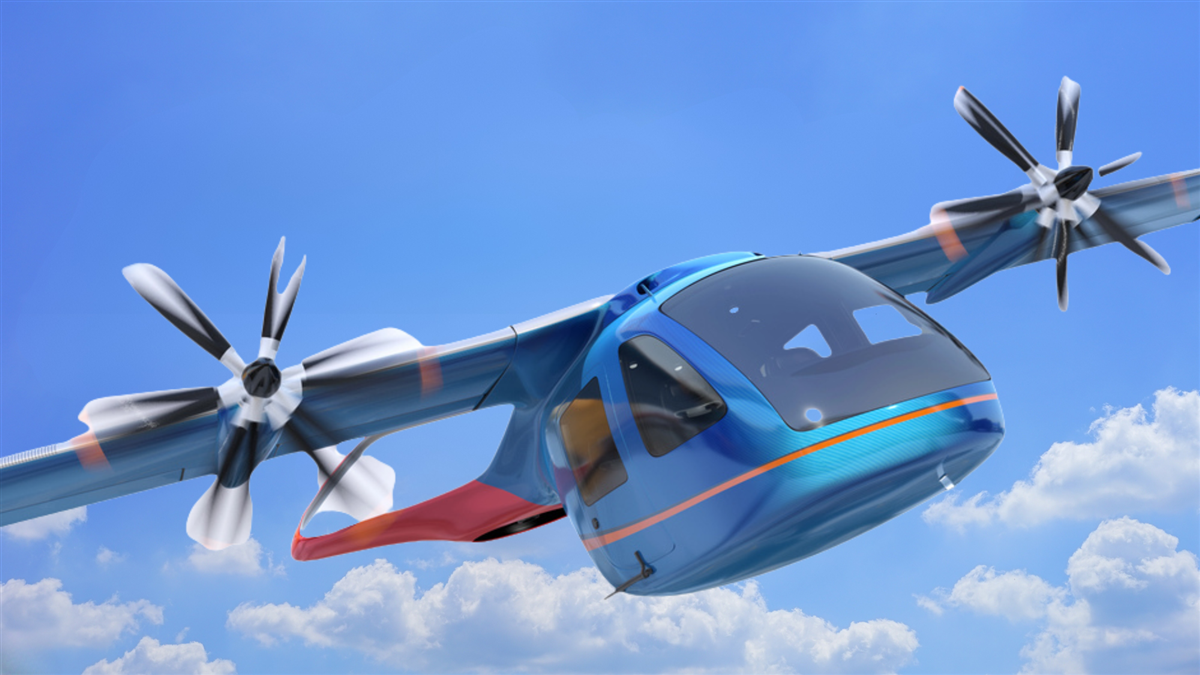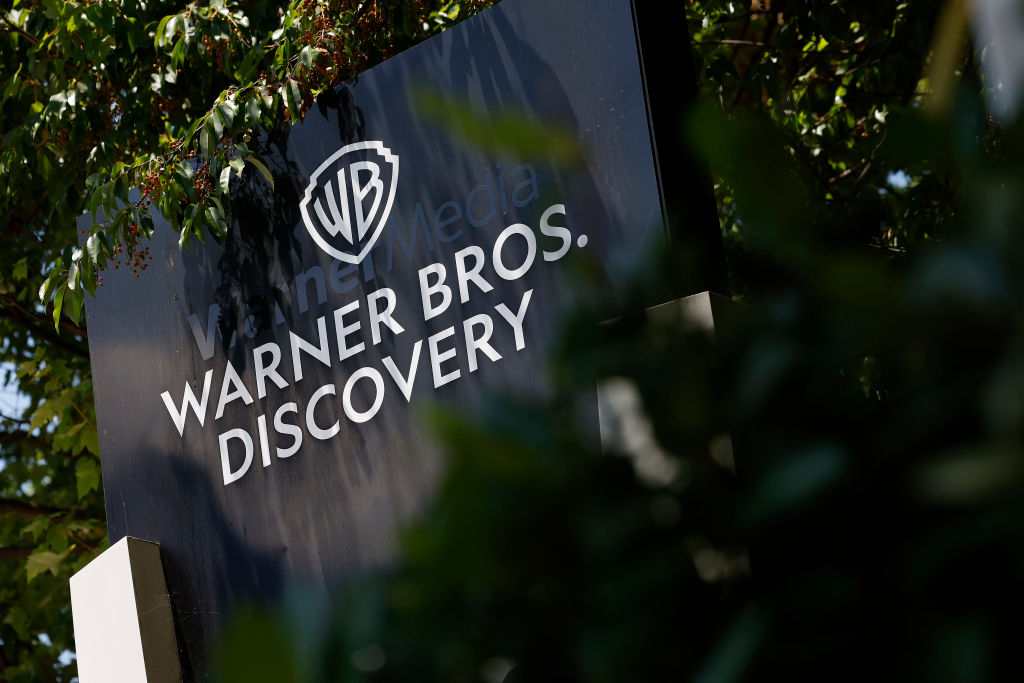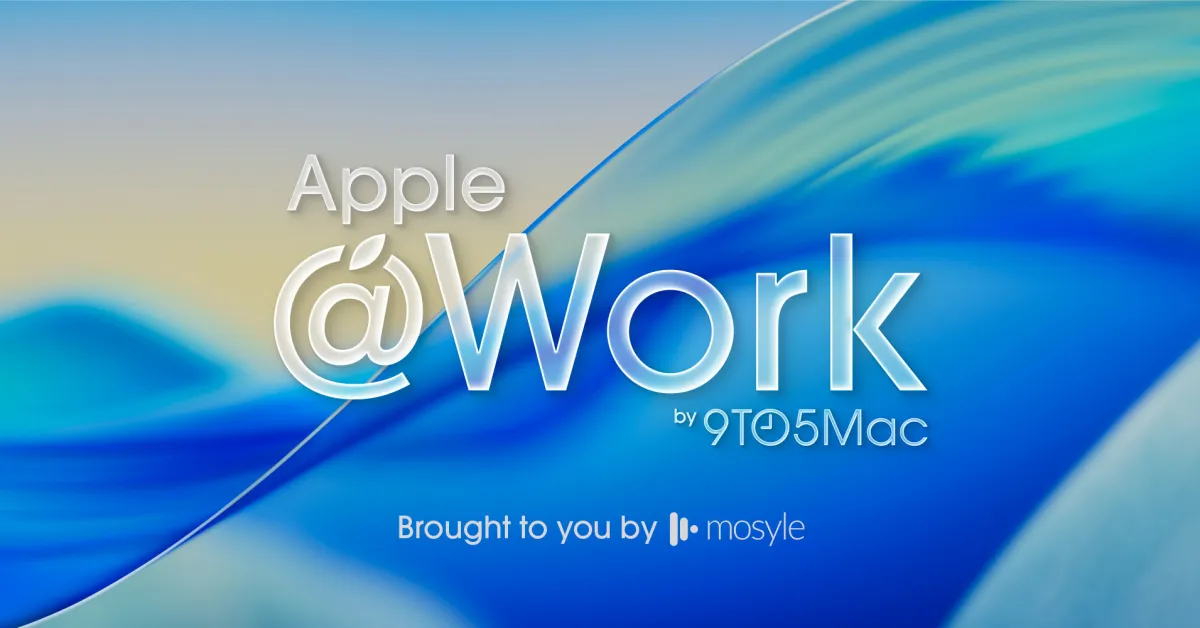Copyright MarketBeat

The electric vertical take-off and landing (eVTOL) sector is rapidly transitioning from a conceptual phase to a tangible reality, with a series of successful public flight demonstrations, strategic acquisitions, and major partnerships validating the technology. As the industry matures, a significant strategic divide is becoming more pronounced. On one side, companies are investing substantial amounts to construct vertically integrated empires, with the aim of controlling every aspect of the customer experience. On the other, a leaner, more focused model is taking shape, prioritizing capital efficiency and strategic partnerships. This divergence is creating two distinct investment theses. The key players leading these different charges are Joby Aviation NYSE: JOBY and Archer Aviation NYSE: ACHR, representing the high-spend operator model, and Vertical Aerospace NYSE: EVTL, which is championing a de-risked manufacturer model. This split presents a pivotal choice for investors betting on the future of electric vertical flight. The All-In Playbook: Spending Billions to Build an Airline The vertically integrated strategy is a bold play for total market dominance. The goal is to control the entire value chain, from the factory floor to the passenger's flight, to build a powerful brand and capture all potential revenue. Joby and Archer are aggressively pursuing this model, funding their growth through massive capital raises to acquire strategic assets. This high-capital strategy, while risky, also holds the potential for significant returns. Joby took a significant shortcut to its U.S. launch by acquiring the passenger business of Blade Air Mobility for up to $125 million. This move provides Joby with an instant, turnkey operational platform, including 12 urban terminals and a loyal customer base of over 50,000 annual passengers. Rather than building from scratch, Joby bought a ready-made ecosystem, de-risking its path to generating revenue once its aircraft is certified. Similarly, Archer is executing a two-front strategy. The company acquired the entire patent portfolio of rival Lilium for approximately $21 million, securing intellectual property developed with over $1.5 billion in investment. This move strengthens its technological defenses. In parallel, Archer has made acquisitions to bolster its Archer Defense program, opening a second major revenue vertical. This all-in approach requires immense capital, a fact clearly visible in their financial reports. In its second quarter 2025 earnings report, Archer reported non-GAAP operating expenses of $123.5 million, while Joby reported an operating loss of $167.9 million it its second quarter earnings report. However, both companies have proven their ability to secure the necessary funding. Archer’s balance sheet boasts an industry-leading liquidity position of approximately $1.8 billion, and Joby recently closed a $514 million stock offering. This powerful financial backing demonstrates strong market confidence and provides the fuel to execute their ambitious vision. The Airbus of eVTOLs: A Partnership Masterclass In sharp contrast to the high-spend operator model, Vertical Aerospace is pursuing a capital-efficient strategy that positions it as the Airbus OTCMKTS: EADSY of eVTOLs. Its goal is not to operate an airline but to be the leading Original Equipment Manufacturer (OEM) that designs, certifies, and sells the world's best aircraft to a global market of established operators. This approach is a masterclass in risk mitigation, as Vertical has systematically transferred massive costs and execution risks to proven industry leaders through strategic partnerships. Manufacturing Risk: Vertical has avoided the need to spend hundreds of millions on factories by partnering with Tier 1 supplier Aciturri, which builds critical components for aerospace sector giants like Airbus and Boeing NYSE: BA, to manufacture its entire airframe. Operational Risk: The company has offloaded the complexities of running an airline by creating a Ready-to-Fly model with Bristow, a global helicopter operator that will manage flight operations and maintenance for customers. Regulatory Risk: Vertical has substantially mitigated certification risk by appointing Patrick Ky, the former Executive Director of the European Union Aviation Safety Agency (EASA), to its board, embedding top-tier regulatory expertise at the highest level. Vertical Aerospace's asset-light model is underpinned by a transparent financial plan. At its recent Capital Markets Day, the company projected it needs approximately $700 million in net funding to achieve certification in 2028. Vertical is aiming for cash flow breakeven in the fourth quarter of 2029. This financial transparency, combined with a dual-revenue razor and blades model where initial aircraft sales are followed by high-margin, recurring battery pack sales, provides a clear path to profitability. A Clear Choice for the Future of Flight The eVTOL sector offers investors two valid but fundamentally different paths to market. Joby and Archer are constructing capital-intensive, high-risk, high-reward transportation companies. In contrast, Vertical Aerospace is building a capital-efficient, lower-risk aerospace manufacturer. The choice for investors hinges on their appetite for operational risk versus financial discipline. This strategic difference is most apparent in the companies' valuations. Vertical Aerospace's market capitalization is currently around $480 million, which is significantly smaller than Joby's approximately $14.43 billion and Archer's roughly $7.54 billion. This stark disconnect suggests the market may be underappreciating the significant advantages of Vertical's de-risked, capital-light model. By outsourcing its biggest financial and operational hurdles, the company has created a more durable and arguably more sustainable path to commercialization. While the entire sector is poised for transformative growth, Vertical Aerospace's disciplined focus on capital efficiency, risk mitigation, and a clear path to profitability presents a compelling investment case. In the long and expensive race to redefine aviation, the winner may not be the company that spends the most, but the one with the most durable and intelligent strategy. Where Should You Invest $1,000 Right Now? Before you make your next trade, you'll want to hear this. MarketBeat keeps track of Wall Street's top-rated and best performing research analysts and the stocks they recommend to their clients on a daily basis. Our team has identified the five stocks that top analysts are quietly whispering to their clients to buy now before the broader market catches on... and none of the big name stocks were on the list. They believe these five stocks are the five best companies for investors to buy now...



